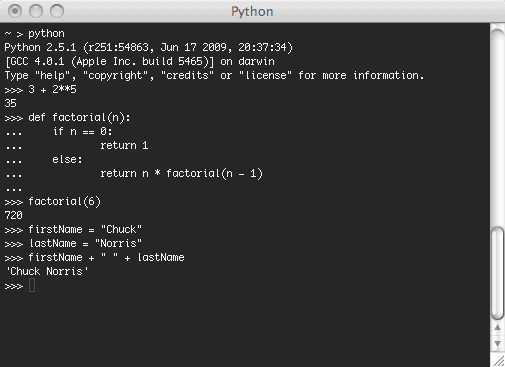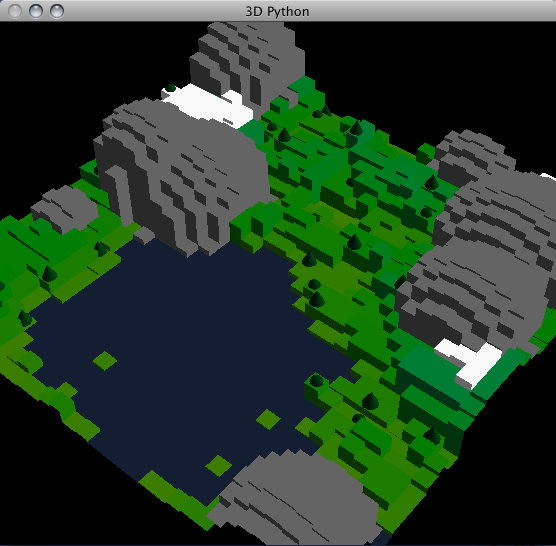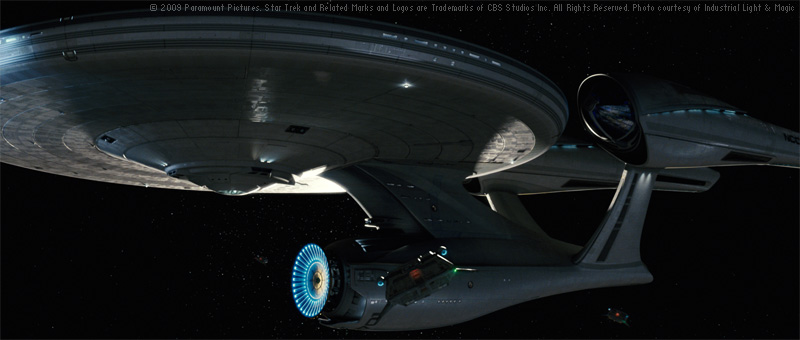
2016 September 12,
Python is a computer programming language — a language that a human uses, to give instructions to a computer. When you first start using Python, it's typically through a textual interface like this:

However, Python programs are not limited to producing text. Here are some (admittedly clunky) 3D graphics I made with Python a few years ago:

And here are some better 3D graphics, that a professional using Autodesk Maya might make with Python:

Python is used in the Ciranova circuit layout program, for designing electronics:

Environmental scientists, geologists, civil engineers, city planners, and others use geographic information systems to collect and analyze data related to the Earth. One of the most popular GIS packages, ArcGIS, uses Python heavily:

Python is one of the most popular languages for constructing sophisticated web applications. For example, Google and YouTube use Python heavily.
Python is available for many different platforms (Windows, macOS, Linux, etc.). Here is a Python app on an iPhone:
Anyway, it should be clear that there is a lot that Python can do. In fact, it can do anything that a computer can do at all. We use it in this course because it lets us translate our ideas into code quickly, without worrying about a lot of low-level details that other programming languages require.